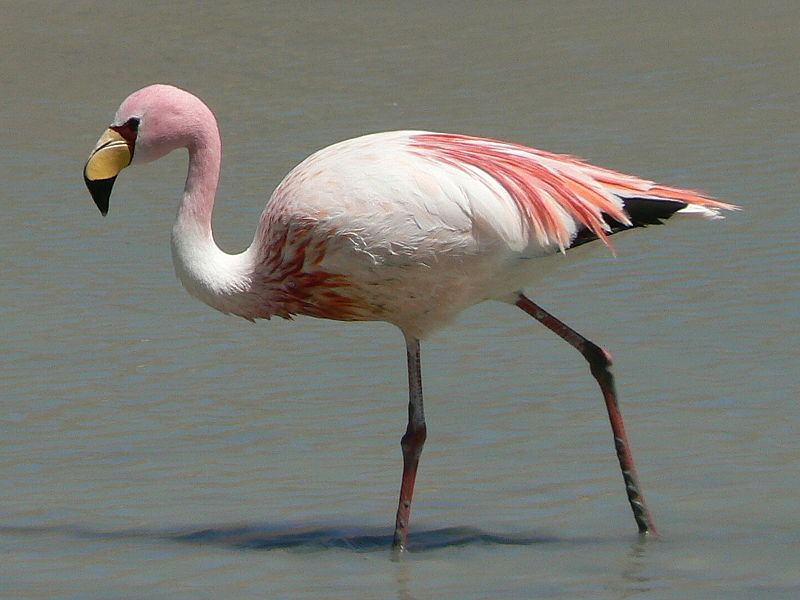 Salar De Uyuni
Salar De Uyuni
Amazing view at night 

Location : Potosi and Oruro, Bolivia, South America.
Salar de Uyuni (or Salar de Tunupa) is
the world's largest salt flat at 10,582 square kilometres. It is located in the Potosí and Oruro departments in southwest Bolivia, near the crest of
the Andes and is at an
elevation of 3,656 meters (11,995 ft) above mean sea level. The
Salar was formed as a result of transformations between several prehistoric
lakes. It is covered by a few meters of salt crust, which has an extraordinary
flatness with the average altitude variations within one meter over the entire
area of the Salar. The crust serves as a source of salt and covers a pool of brine, which is
exceptionally rich in lithium. It contains 50%
to 70% of the world's lithium reserves, which is in the process of being
extracted. The large area, clear skies, and the exceptional flatness of the
surface make the Salar an ideal object for calibrating the altimeters of Earth
observation satellites. The geological history of the Salar is
associated with a sequential transformation between several vast lakes. Some
30,000 to 42,000 years ago, the area was part of a giant prehistoric lake, Lake Minchin.
In Spanish,
salar mean salt flat. Uyuni originates from the Aymara language and means a pen (enclosure), Uyuni is also the
name of a town that serves as a gateway for tourists visiting the Salar. Thus
Salar de Uyuni can be loosely translated as a salt flat with
enclosures, the latter possibly referring to the "islands" of the
Salar or as "salt flat at Uyuni.
Salar
de Uyuni also have flora and fauna, Every November, Salar de Uyuni is the
breeding ground for three species of pink South American flamingo: the Chilean, Andean and rare James's Flamingos, their color
presumably originating from feeding on pink algae. There are about
80 other bird species present, including the Horned Coot, Andean Goose and Andean Hillstar. Andean fox (culpeo) is a
representative animal, and the "islands" of Salar (in particular
Incahuasi island) host colonies of rabbit-like viscachas.
Cemetry of trains
In
tourism industry, Salar de Uyuni attracts tourists from around the world. As it
is located far from the cities, a number of hotels have been built in the area.
Due to lack of conventional construction materials, many of them are almost
entirely (walls, roof, furniture) built with salt blocks cut from the Salar.
Now, new salt hotels were built near the periphery of the Salar, closer to
roads, in full compliance with environmental rules. One major tourist
attraction is an antique train cemetery. It is three kilometers outside Uyuni
and is connected to it by the old train tracks. The town served in the past as
a distribution hub for the trains carrying minerals en route to Pacific Ocean ports. The trains were mostly used by the mining
companies. In the 1940s, the mining industry collapsed, partly because of
mineral depletion. Many trains were abandoned, producing the train cemetery.
There are proposals to build a museum from the cemetery.



No comments:
Post a Comment